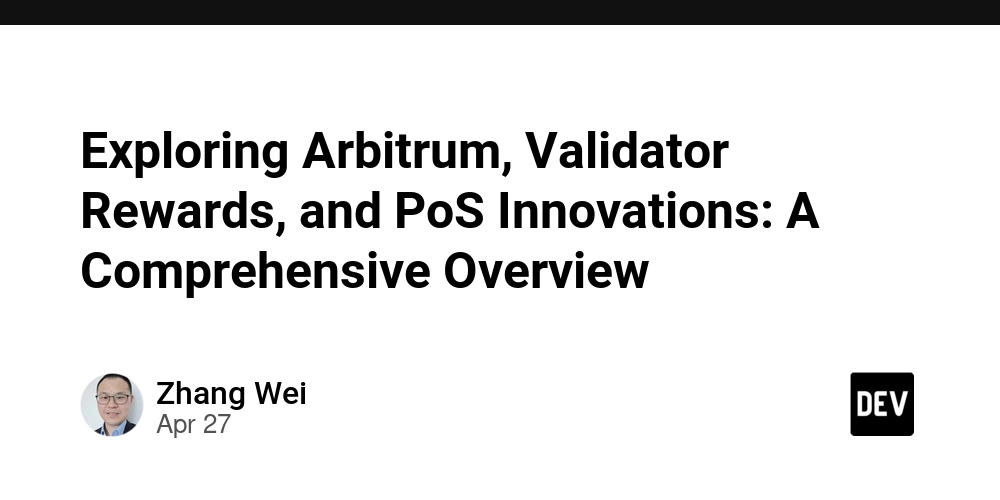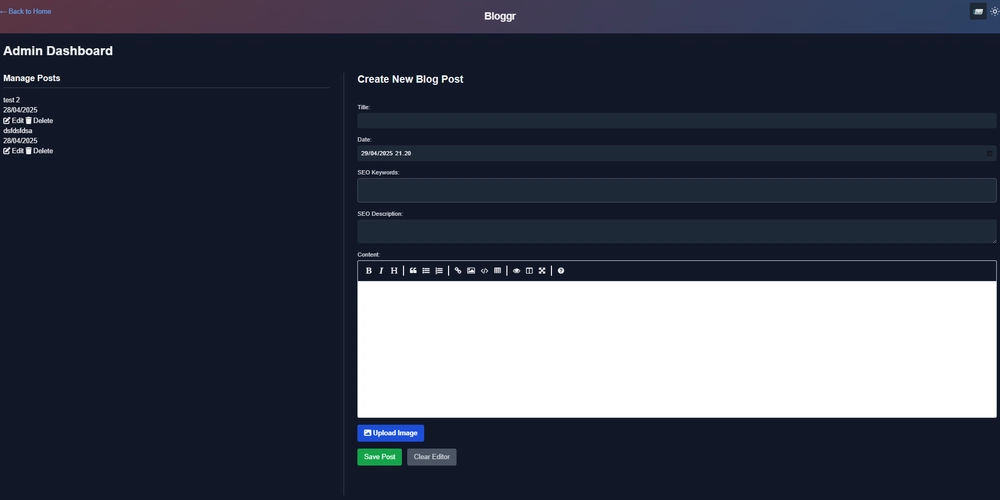Optimizing Developer Workflows: Insights from Slack and AI Tools
Originally published at ssojet Slack's Developer Experience (DevXP) team recently implemented significant optimizations to their end-to-end (E2E) testing pipeline, achieving a 60% reduction in frontend build frequency and a 50% decrease in overall build time. These enhancements streamline the continuous integration and deployment (CI/CD) process, allowing engineers to iterate rapidly and efficiently. Slack's existing repository utilizes a CI/CD pipeline that runs E2E tests prior to merging code into the main branch. This process validates changes across the entire application stack, including frontend, backend, and database. However, the team found that frontend builds occurred even when no frontend-related changes were made, leading to unnecessary long build times and resource consumption. Each build took about 10 minutes, with the frontend consuming approximately 5 minutes. Given the high volume of pull requests (PRs) merged daily, these redundant builds accumulated significant time and storage costs. To address this, the team introduced a conditional frontend build mechanism. Using git diff with the three-dot notation, it detects whether a PR includes frontend changes compared to the main branch. If no changes are detected, the frontend build step is skipped, reusing a prebuilt version stored in AWS S3 and served via an internal Content Delivery Network (CDN). Implementing this strategy at scale presented challenges, particularly identifying frontend changes among over 100,000 tracked files. The team leveraged Git's capabilities to perform this check in seconds. By adopting S3 storage concepts and coherent file naming conventions, the team located suitable prebuilt assets in under three seconds on average. The optimized E2E pipeline notably improved Slack’s development workflow, leading to a 60% reduction in frontend build frequency, significantly reducing unnecessary CI resource consumption. The overall build time decreased by 50%, contributing to a more efficient and responsive engineering process that enhanced developer productivity and reduced storage costs. AI-Powered Toolkits in Developer Workflows Developer tooling is evolving as AI progresses beyond code completion to unify multiple stages of the software development workflow. Recent announcements from GitHub Copilot Workspace and Claude 3’s system-level reasoning illustrate how AI assists with coding, planning, documentation, and testing. Projects like DevFlow integrate documentation generation, test suggestions, and architecture diagramming, showcasing how these trends might reshape developer environments. AI-driven development tooling has gradually expanded beyond code completion toward broader workflow support. Tools like GitHub Copilot initially focused on individual lines of code, with efforts like Copilot Workspace now supporting planning and documentation. Similarly, Claude 3 and other large language models offer project-wide reasoning capabilities, albeit often outside the developer’s immediate toolchain. While momentum is building towards unified, all-in-one toolkits, fully integrated environments are still evolving. Emerging projects like DevFlow aim for broader unification, integrating documentation, architecture diagramming, unit test suggestions, and copiloting features into a single environment. These ‘all-in-one’ environments highlight efforts to consolidate traditionally separate phases of development within a unified AI-assisted workflow. Managing Apps Securely in Slack Admins play a crucial role in balancing employee flexibility with control over app usage in Slack. To manage apps securely and at scale, it is essential to turn on app approvals. This can be done for each workspace through App Management Settings. Additionally, organization policies can be established to enforce app approvals across all workspaces. Once app approvals are activated, the next step is to approve or restrict apps based on internal security practices and guiding principles. Each organization will have different security practices and risk tolerance that should be established beforehand. Evaluating permissions is a critical step in this process; understanding what data apps require access to helps mitigate risks associated with data sharing. Apps request permissions to view information, post information, and perform actions. For example, the Jira Cloud app requires permissions to view workspace information, post updates, and perform actions related to bugs and tasks. Managing app approvals at scale involves utilizing a dashboard that allows bulk approval or restriction of apps across the organization. This streamlines the process and ensures that app management practices are enforced consistently. To further optimize the app approval process, organizations can use Slack’s API to automate approvals and rejections based on predefined criteria. This increases efficiency and enables a more tailored app management stra

Originally published at ssojet
Slack's Developer Experience (DevXP) team recently implemented significant optimizations to their end-to-end (E2E) testing pipeline, achieving a 60% reduction in frontend build frequency and a 50% decrease in overall build time. These enhancements streamline the continuous integration and deployment (CI/CD) process, allowing engineers to iterate rapidly and efficiently.
Slack's existing repository utilizes a CI/CD pipeline that runs E2E tests prior to merging code into the main branch. This process validates changes across the entire application stack, including frontend, backend, and database. However, the team found that frontend builds occurred even when no frontend-related changes were made, leading to unnecessary long build times and resource consumption. Each build took about 10 minutes, with the frontend consuming approximately 5 minutes. Given the high volume of pull requests (PRs) merged daily, these redundant builds accumulated significant time and storage costs.
To address this, the team introduced a conditional frontend build mechanism. Using git diff with the three-dot notation, it detects whether a PR includes frontend changes compared to the main branch. If no changes are detected, the frontend build step is skipped, reusing a prebuilt version stored in AWS S3 and served via an internal Content Delivery Network (CDN).
Implementing this strategy at scale presented challenges, particularly identifying frontend changes among over 100,000 tracked files. The team leveraged Git's capabilities to perform this check in seconds. By adopting S3 storage concepts and coherent file naming conventions, the team located suitable prebuilt assets in under three seconds on average.
The optimized E2E pipeline notably improved Slack’s development workflow, leading to a 60% reduction in frontend build frequency, significantly reducing unnecessary CI resource consumption. The overall build time decreased by 50%, contributing to a more efficient and responsive engineering process that enhanced developer productivity and reduced storage costs.
AI-Powered Toolkits in Developer Workflows
Developer tooling is evolving as AI progresses beyond code completion to unify multiple stages of the software development workflow. Recent announcements from GitHub Copilot Workspace and Claude 3’s system-level reasoning illustrate how AI assists with coding, planning, documentation, and testing. Projects like DevFlow integrate documentation generation, test suggestions, and architecture diagramming, showcasing how these trends might reshape developer environments.
AI-driven development tooling has gradually expanded beyond code completion toward broader workflow support. Tools like GitHub Copilot initially focused on individual lines of code, with efforts like Copilot Workspace now supporting planning and documentation. Similarly, Claude 3 and other large language models offer project-wide reasoning capabilities, albeit often outside the developer’s immediate toolchain. While momentum is building towards unified, all-in-one toolkits, fully integrated environments are still evolving.
Emerging projects like DevFlow aim for broader unification, integrating documentation, architecture diagramming, unit test suggestions, and copiloting features into a single environment. These ‘all-in-one’ environments highlight efforts to consolidate traditionally separate phases of development within a unified AI-assisted workflow.
Managing Apps Securely in Slack
Admins play a crucial role in balancing employee flexibility with control over app usage in Slack. To manage apps securely and at scale, it is essential to turn on app approvals. This can be done for each workspace through App Management Settings. Additionally, organization policies can be established to enforce app approvals across all workspaces.
Once app approvals are activated, the next step is to approve or restrict apps based on internal security practices and guiding principles. Each organization will have different security practices and risk tolerance that should be established beforehand. Evaluating permissions is a critical step in this process; understanding what data apps require access to helps mitigate risks associated with data sharing.
Apps request permissions to view information, post information, and perform actions. For example, the Jira Cloud app requires permissions to view workspace information, post updates, and perform actions related to bugs and tasks.
Managing app approvals at scale involves utilizing a dashboard that allows bulk approval or restriction of apps across the organization. This streamlines the process and ensures that app management practices are enforced consistently.
To further optimize the app approval process, organizations can use Slack’s API to automate approvals and rejections based on predefined criteria. This increases efficiency and enables a more tailored app management strategy.
Importance of Authentication in IAM
Implementing secure authentication methods is a priority for organizations focused on identity and access management (IAM). SSOJet offers an API-first platform for secure SSO and user management, featuring directory sync, SAML, OIDC, and magic link authentication. By integrating SSOJet's solutions, enterprises can enhance their security posture and user experience.
With the increasing complexity of applications, organizations face challenges in managing user access while ensuring security. Single sign-on (SSO) solutions streamline the authentication process, reducing the need for multiple credentials. SSOJet's integration of SAML, OIDC, and magic links simplifies user access while maintaining robust security standards.
For organizations aiming to adopt modern authentication practices, exploring SSOJet’s offerings is essential. By leveraging SSOJet’s services, companies can manage user identities efficiently and securely, minimizing potential breaches and enhancing overall security for their applications.
Explore SSOJet's services at https://ssojet.com to elevate your authentication strategy and ensure secure access for your enterprise applications.






































































































































































![[The AI Show Episode 145]: OpenAI Releases o3 and o4-mini, AI Is Causing “Quiet Layoffs,” Executive Order on Youth AI Education & GPT-4o’s Controversial Update](https://www.marketingaiinstitute.com/hubfs/ep%20145%20cover.png)















































































































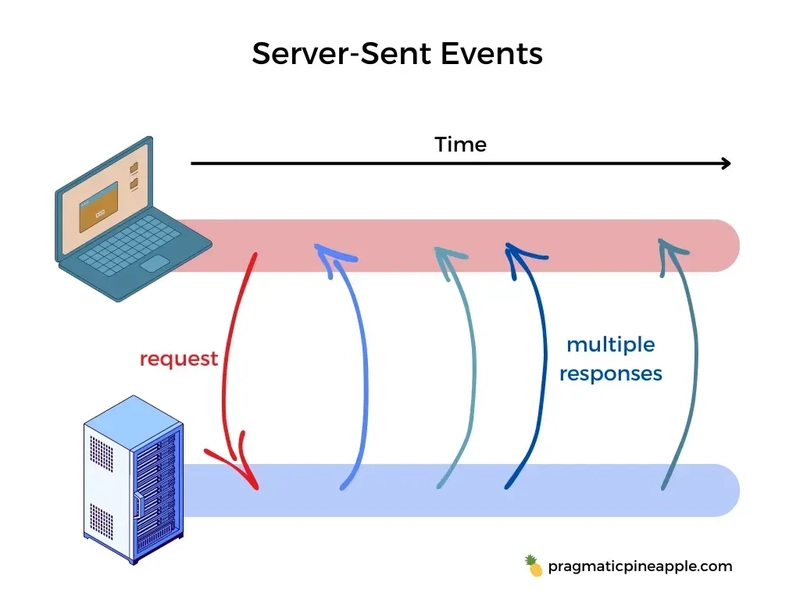



























































































































































_Inge_Johnsson-Alamy.jpg?width=1280&auto=webp&quality=80&disable=upscale#)








































































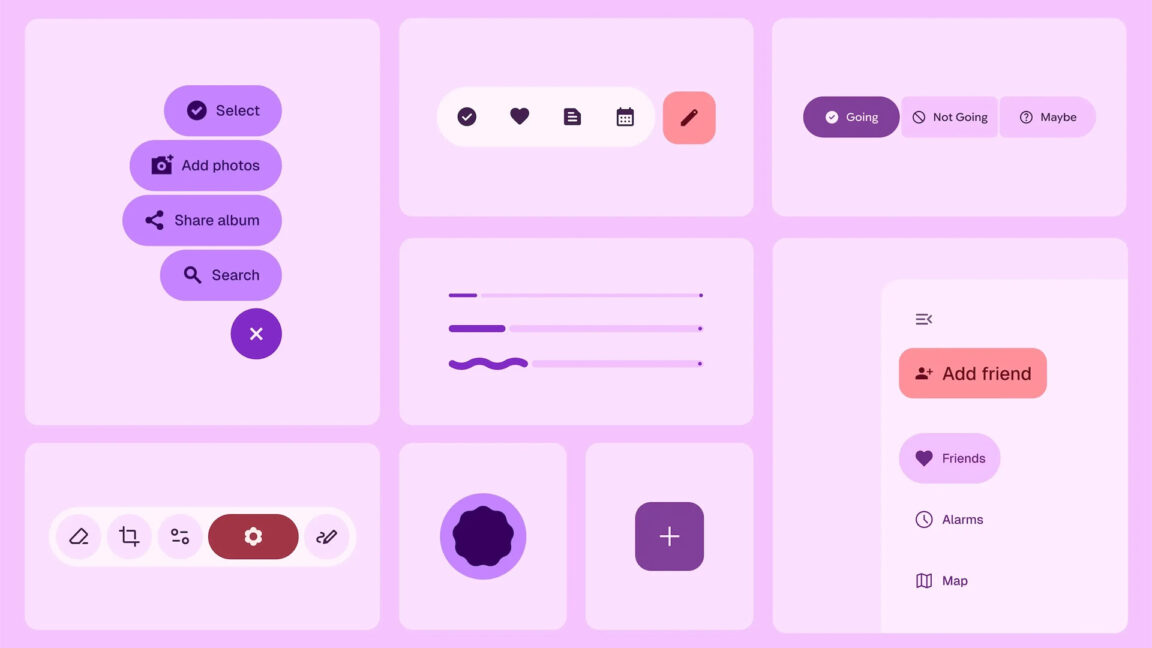


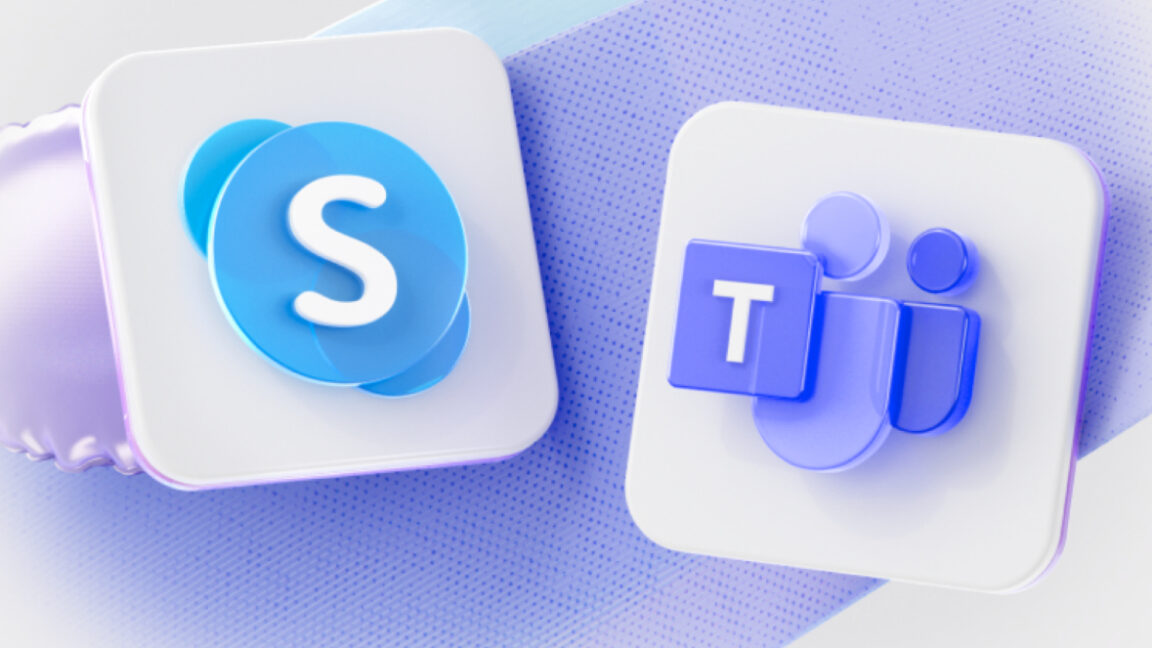



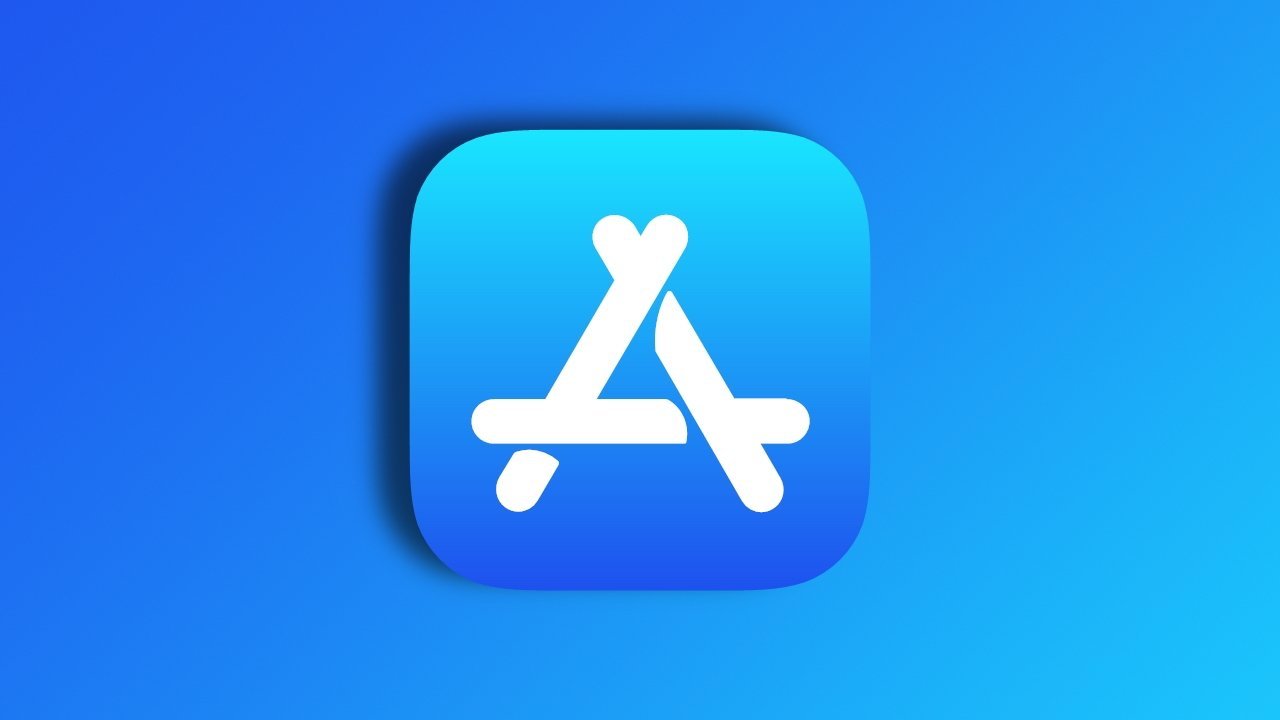










![Turn any iPad into a gaming display with this one simple trick [Video]](https://i0.wp.com/9to5mac.com/wp-content/uploads/sites/6/2025/05/iPad-as-console-FI.jpg?resize=1200%2C628&quality=82&strip=all&ssl=1)















![Apple Shares Official Teaser for 'Highest 2 Lowest' Starring Denzel Washington [Video]](https://www.iclarified.com/images/news/97221/97221/97221-640.jpg)

![Under-Display Face ID Coming to iPhone 18 Pro and Pro Max [Rumor]](https://www.iclarified.com/images/news/97215/97215/97215-640.jpg)
![New Powerbeats Pro 2 Wireless Earbuds On Sale for $199.95 [Lowest Price Ever]](https://www.iclarified.com/images/news/97217/97217/97217-640.jpg)





































































































